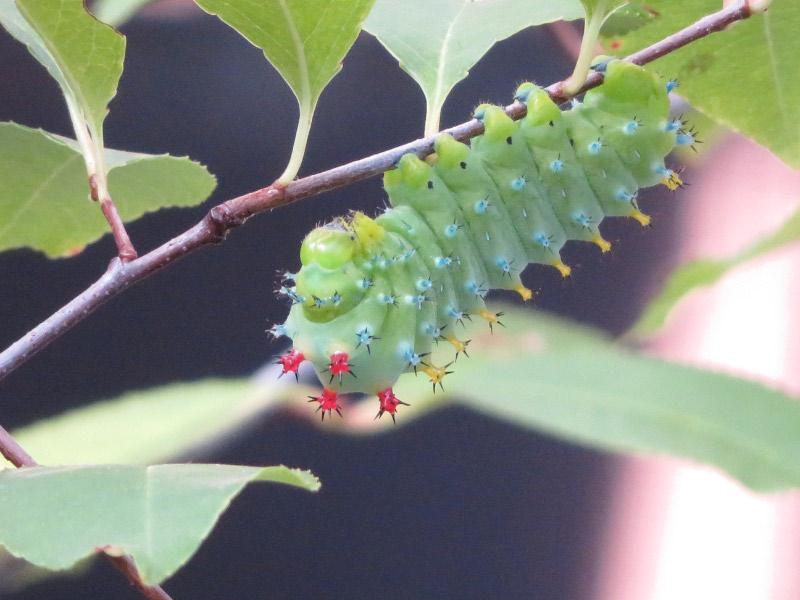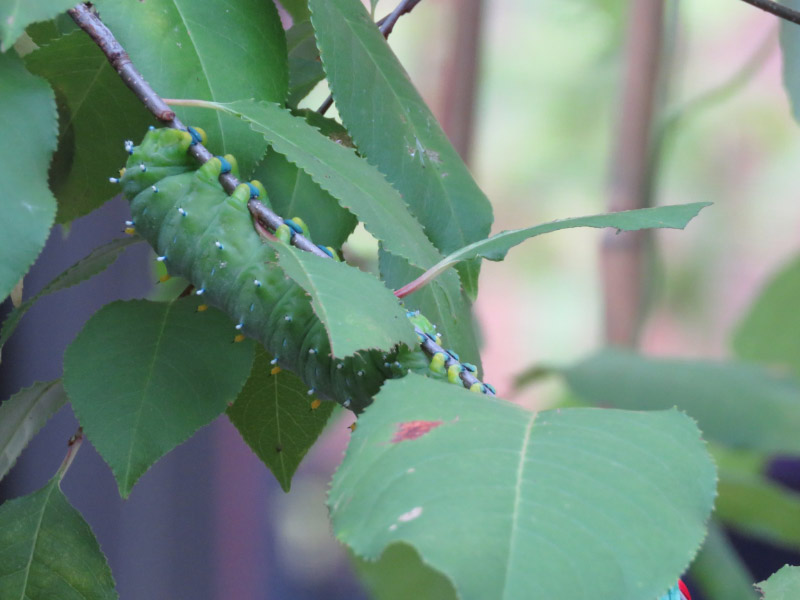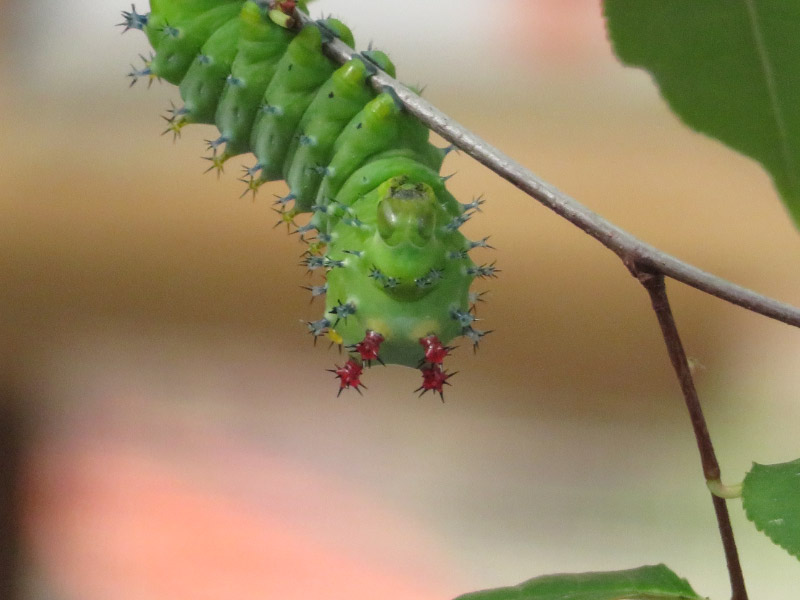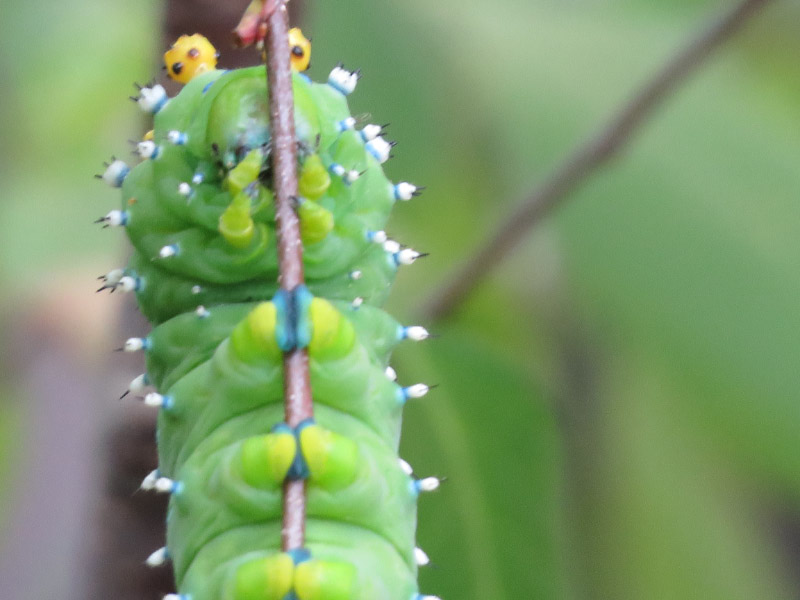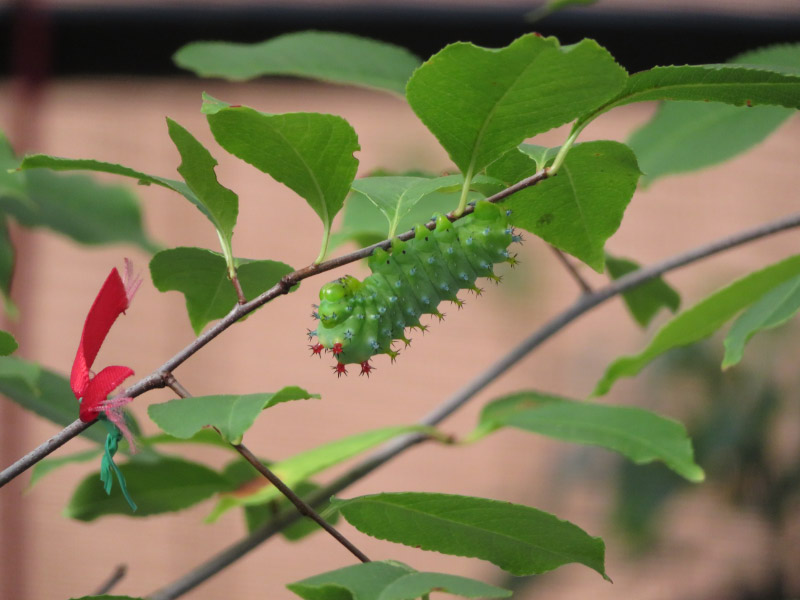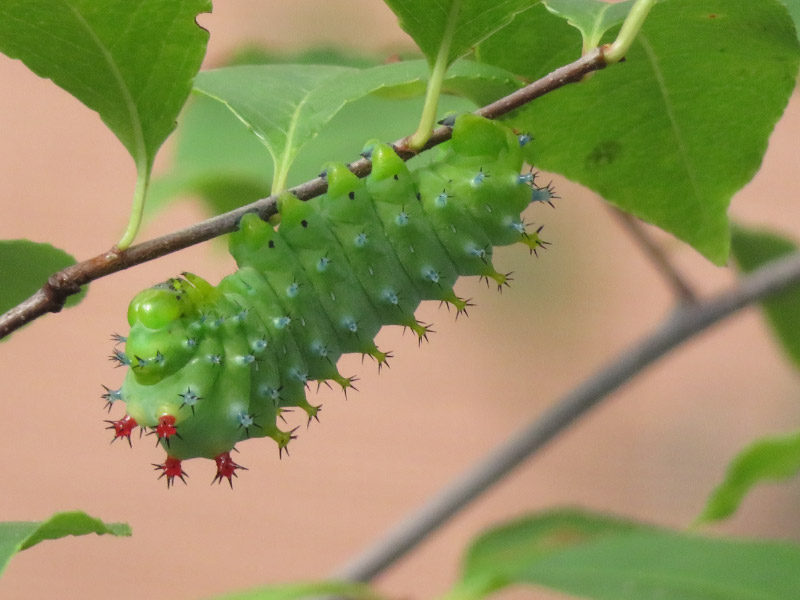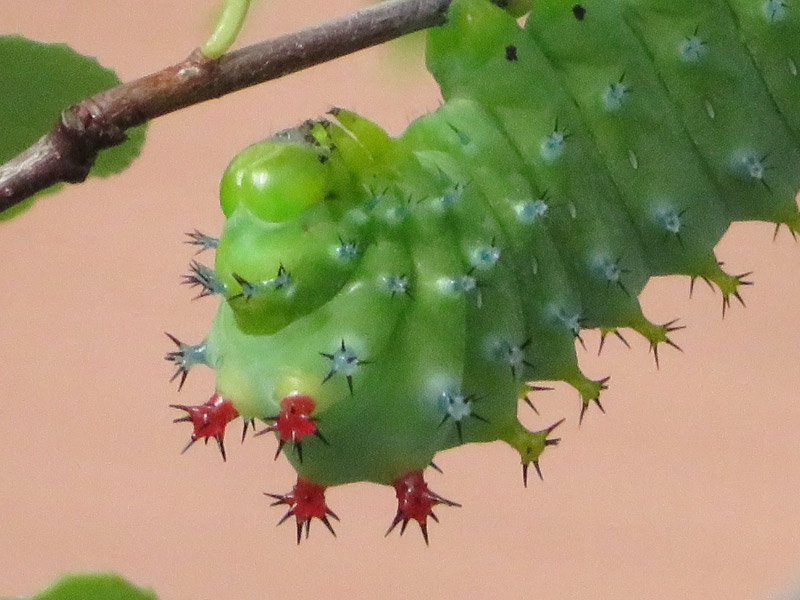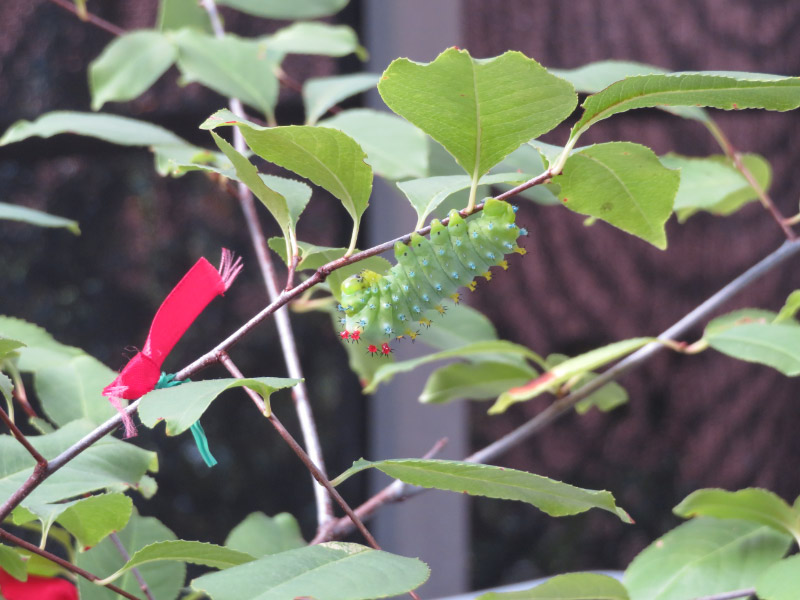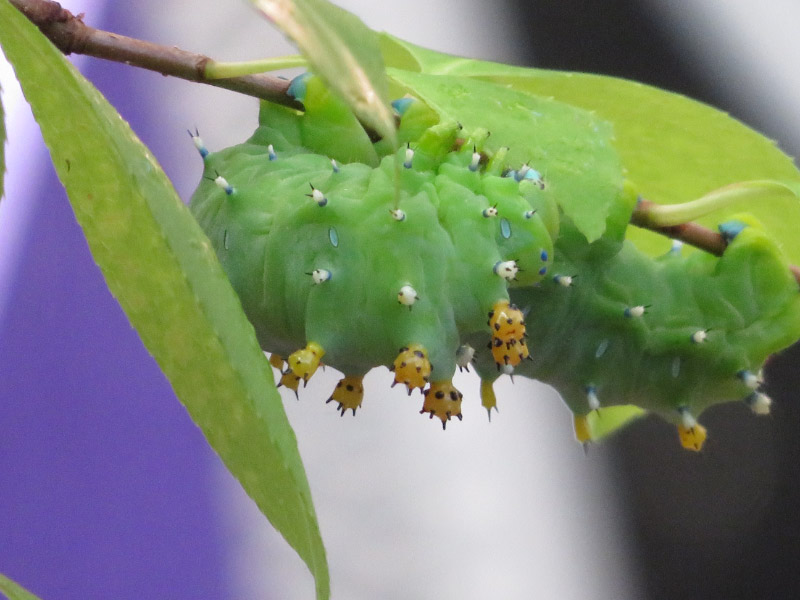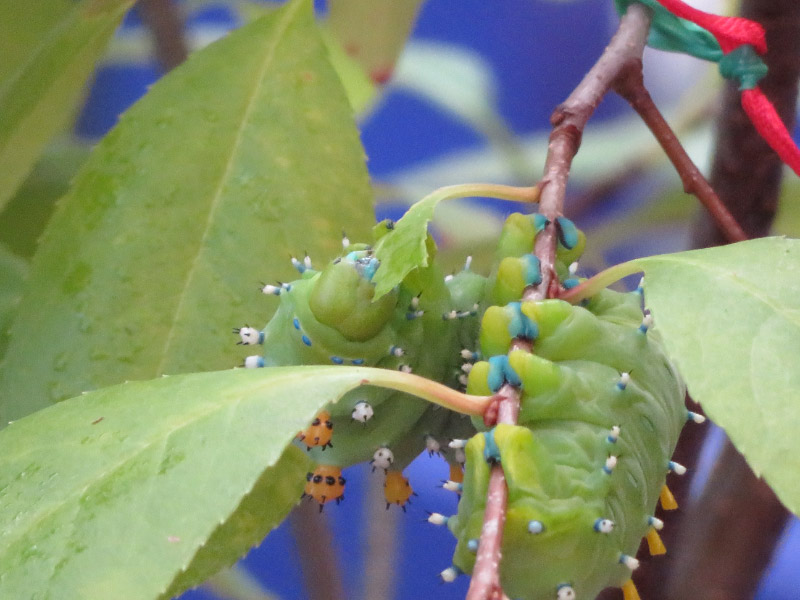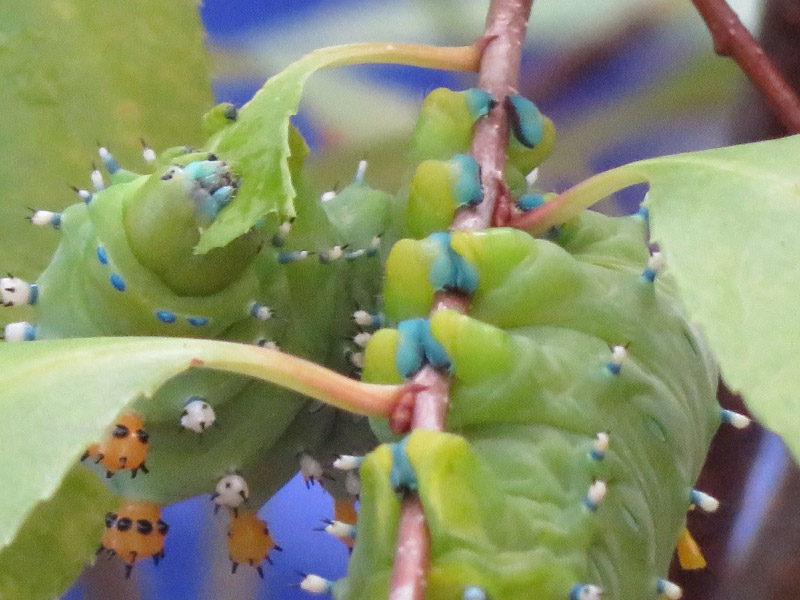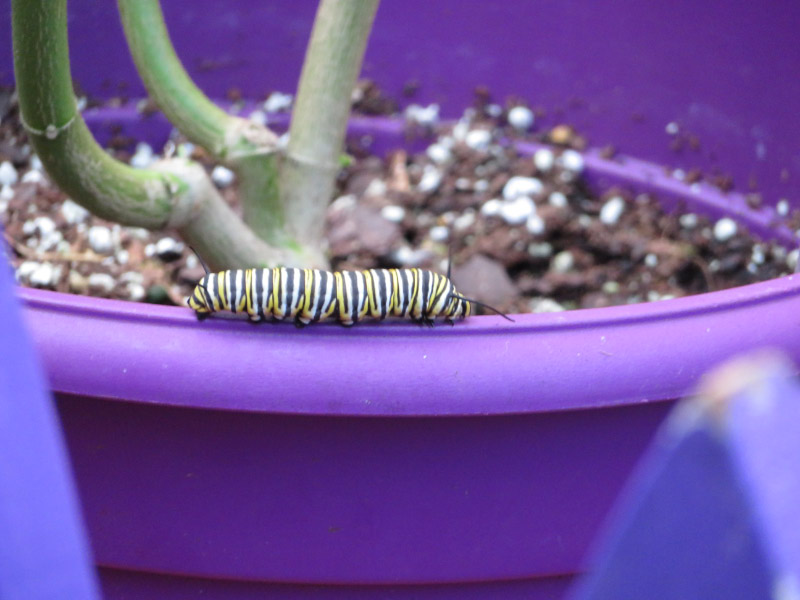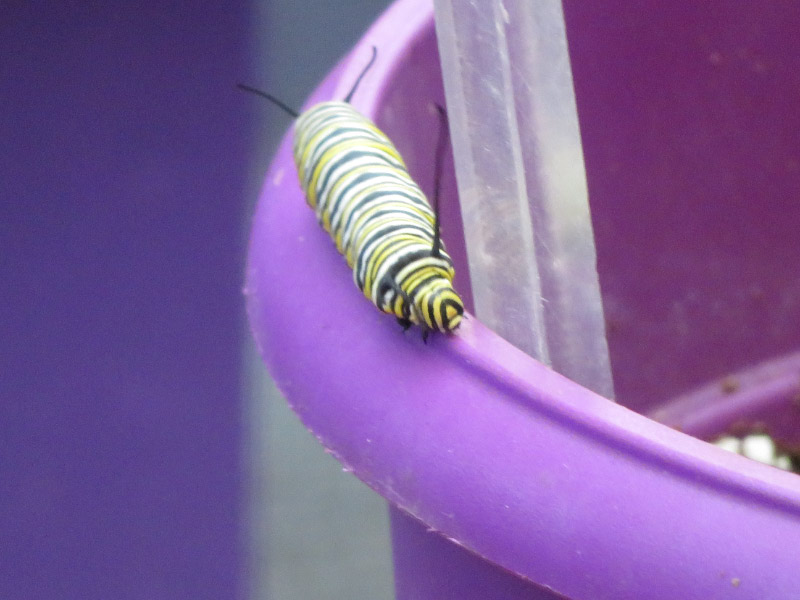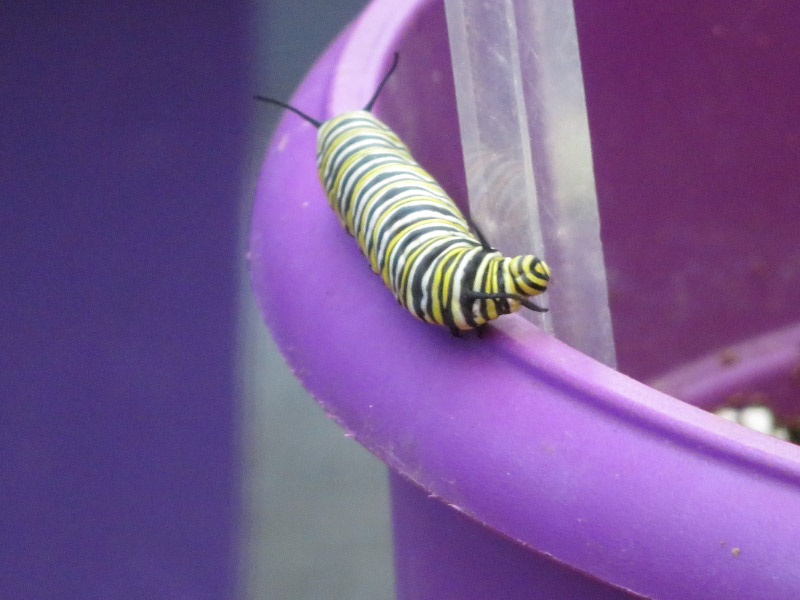Gleanings of the Week Ending March 12, 2022
/The items below were ‘the cream’ of the articles and websites I found this past week. Click on the light green text to look at the article.
Why soil is a surprisingly noisy place – Wow! A whole new way of studying soil…listening to it.
Gas flares tied to premature deaths – A study done by Rice University environmental engineers with data from North Dakota and Texas. There are currently no limits to flaring, unfortunately. Why can’t we use the gas productively? It bothers me when we hear that we need more fossil fuels to observe the way the industry still is so wasteful and polluting.
Dying for makeup: Lead cosmetics poisoned 18th century European socialites in search of whiter skin – I had heard of lead makeup before…but never is this detail.
Top 25 birds of the week: forest birds – The only one of these that appears in the forest behind our house in Maryland is the Tufted Titmouse.
Study questions the role of vitamin D2 in human health but its sibling, vitamin D3, could be important for fighting infections – The labelling on foods fortified with Vitamin D does not say which type is used – hopefully it is D3. The supplemental Vitamin D I take is definitely D3.
The Prairie Ecologist – Photos of the Week – February 26, 2022 – Winter photography….it’s about over for us. Daffodils are up!
What is the best age to learn to read? – There is more variability that I realized…generally between 4 and 7. There is growing consensus that there is no reason to rush it. Learning language is key and often older children learn to read faster because their spoken language skills are greater.
Effects of noise on marine life – The study was focused on turtles and observed noise-induced hearing loss (sometimes temporarily) which hampers their ability to detect predators, communication, navigation, etc.
Rash-causing moths are spreading in Maine because of climate change – Browntail moths (native to Europe). I thought when I saw the headline that it might be about the saddleback caterpillar which is native to North America and has stinging spines that cause a painful rash. We had a specimen in the Brookside Gardens Wings of Fancy exhibit back in July/August 2018.
Study of algae in Acadia National Park lakes shows recovery from acidification – A success story…the Clean Air Act Amendments enacted in the 1900s are making a difference!







